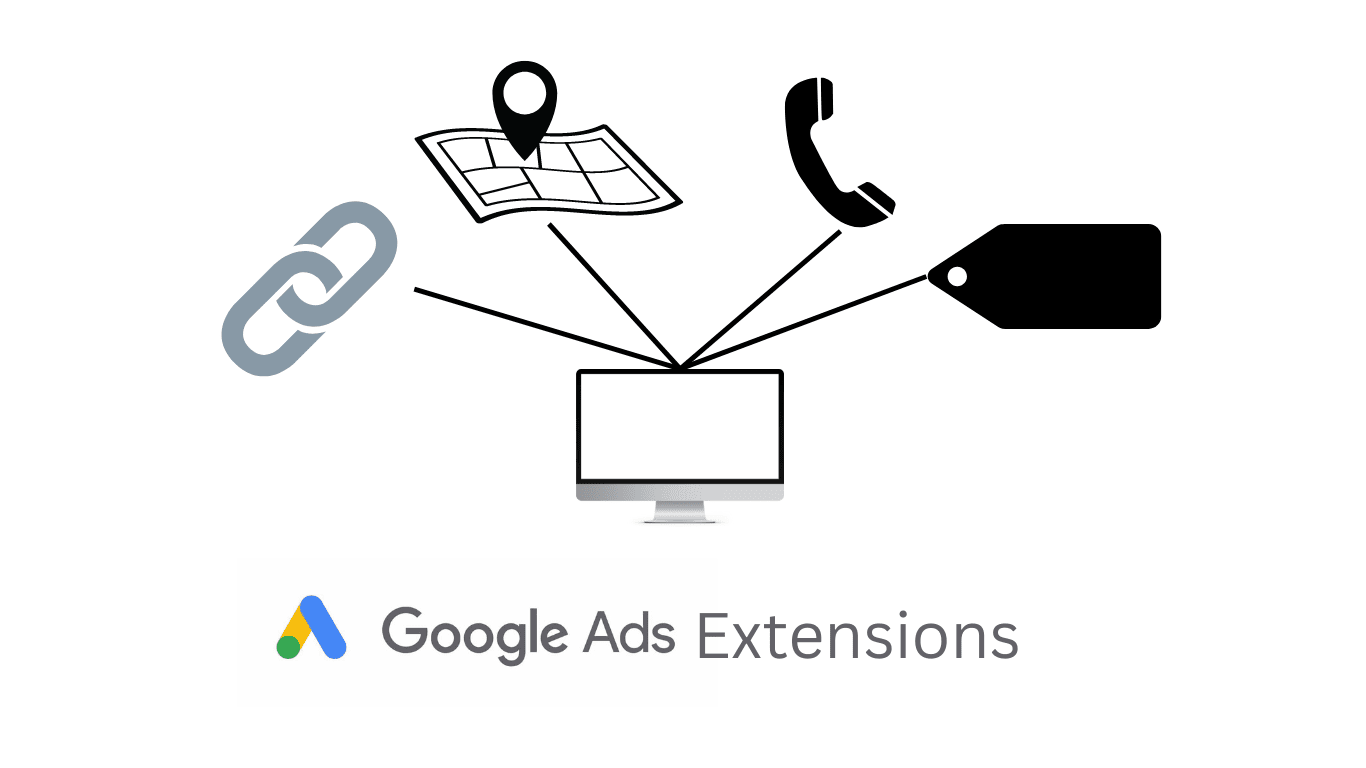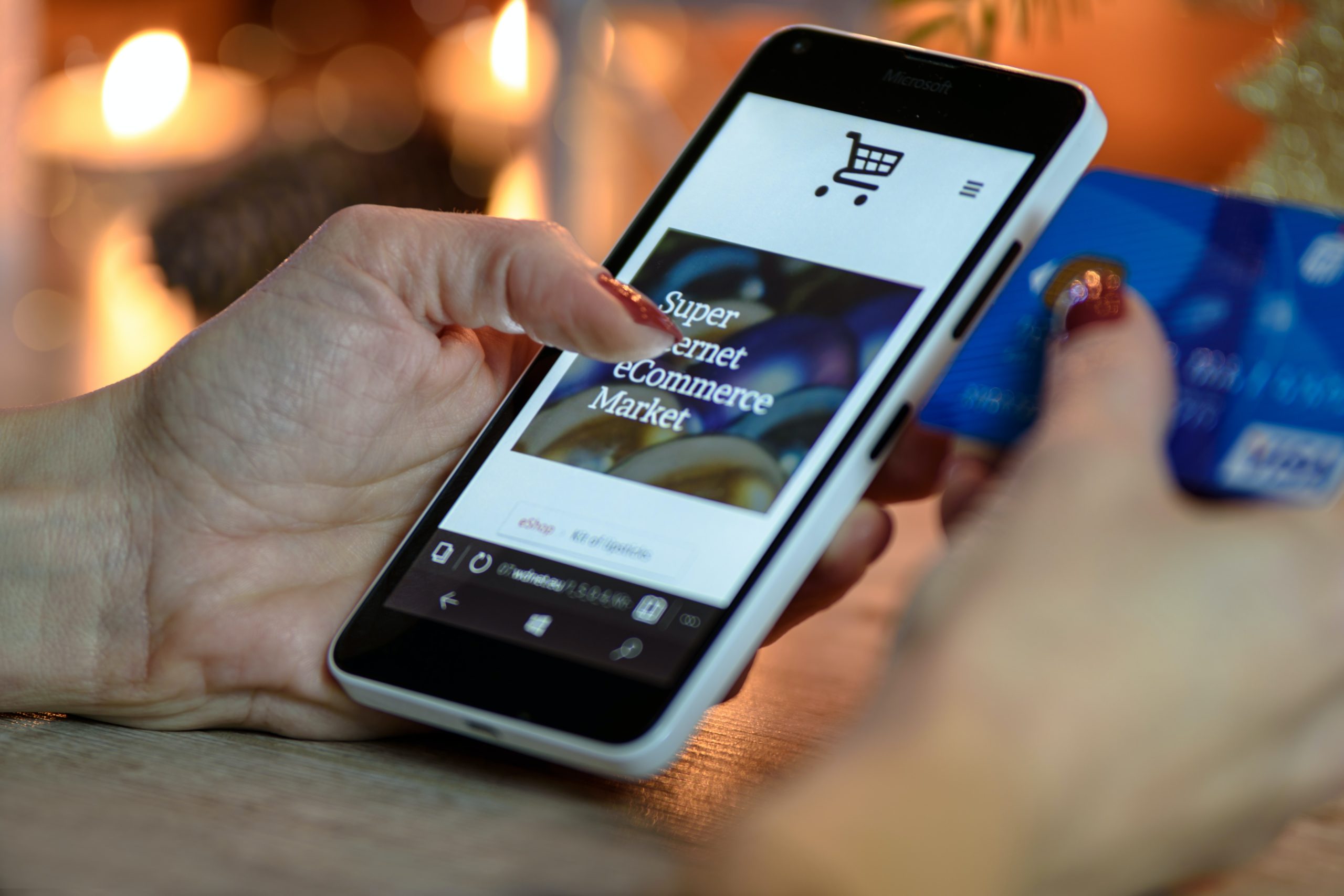Every ecommerce store’s favorite time of the year is coming with the first notable days being Black Friday and Cyber Monday. With the economy in a downward spiral and consumers spending less, every part of your product page needs to be perfect.
The year Black Friday falls on the 25th of November with Cyber Monday happening on the following Monday, the 28th of November
Below you will find our list of 10 things you should be optimizing to perfect your product pages.
10 Ways to Optimize Your Product Pages
Metadata
Having optimized metadata is key to ranking high in search results. Below are 2 elements you need to pay special attention to.
Title Tag
Your CTA should depend on a couple of factors. What you actually want the user to do (Sign up, buy, fill form, etc), the season, the event (Black Friday, Cyber Monday, Christmas, etc), or your offer. As this post is about Black Friday and Cyber Monday your CTA’s could be “Get in on our Black Friday Deals” or “Save this Black Friday Weekend”. Having a CTA tailored to your situation will skyrocket your click-through rate (CTR) alone.
Remember your titles shouldn’t be duplicated, too long, or too short! Google will penalize sites with duplicate titles, too short titles aren’t using the space efficiently and titles that are too long will be cut off.
Description
Every page should have a unique, accurate, and descriptive meta description. These should be written to make the user understand what is on the page before they even click it. The better of an idea that they get and the closer that is to what they’re looking for the more likely it is for them to click.
Return and Refund Policy
One of the biggest factors that stops users from buying is trust. They need to trust that they will first, even get the product, then whether the product will be as described, and lastly if they will even use it. By displaying your return and refund policy clearly it shows customers that theirs no risk in buying and covers the last point – we will get to the rest further down.
Call to Action
There is one thing that brings your site conversion at the end of the day and it’s that big buy button on your product page. Nothing is stopping you from adding more! Why only have one entry point to the final stage of the funnel when you can have multiple? Your biggest button should still be the “Buy Now” but experiment with adding others to the page with different CTA’s, sizes, positions, and colors.
*Having good analytics tracking will help evaluate the success here!*
Social Proof
I mentioned three trust points earlier. Whether they will get it, whether it will be as described and whether they will even use it. Social proof helps cover the first two. The most common form of social proof are reviews. Firstly make sure you show all reviews – positive and negative. This shows customers that you have confidence in your product. Second, show off those stars. Put them somewhere around the title so it’s one of the first things customers see.
Copywriting
Your page generally will have three things you want to catch customer attention with. Media, buttons, and copy. Your copywriting gives you an opportunity to target those juicy long-tail keywords. These generally have a lower cost per click (CPC) and higher CTR because they are more specific. Start writing these with the main keyword and then any other addition a customer would search to find exactly your product.
When writing your copy put yourself in the position of the customer. What do they want to read on this page? Remember this quote “Good writing is meant for the consumer to understand and good copy is meant for the consumer to feel understood”. Show your product as a solution to a problem or better yet make customers realize they have a problem in their life that your product would solve.
Imagery
Have you heard the quote “A picture is worth a thousand words”? I could not have said it better than this. No matter how good your description is and how well it describes your product, without good images, no one will buy it.
You need high-quality images and I don’t just mean resolution. You need a good background, good placement, and good lighting as well as of course high resolution. Having all these points checked will also give the impression that your product is high quality and it’s not even expensive to do!
Multiple angles are also important. Your customer should see every part and angle of your product, don’t leave them questioning anything! Imagine you’re selling phones and only show users the front, who would buy it?
Want to show close-ups of your product but already have a lot of pictures? You can add a hover zoom feature. This will allow customers to just hover over the image and see every part of your product in detail.
Video
Does your product have a specific way it needs to be used? What better way to show customers than with a video? Create a video that shows your product in action and clearly shows the benefits. Videos also capture your customers’ attention for longer, you need to constantly be showing your brand name somewhere. If the video is well executed they will start linking your brand to it providing huge recall value. (Brand recall is a measure of the capacity to remember your brand name with little to no prompt).
Site Speed
Consumers have been spoiled by super-fast websites hosted on crazy expensive servers. Most companies don’t have the privilege of running a dedicated server for their site so they need to reduce resource usage wherever they can. I can write about this topic for pages and pages but I’ll give you the 5-minute setup version.
First, check how fast your site actually is right now, you can use the tools listed below for this.
Review your field data as lab data can be very very inaccurate. There are many ways to go about improving site speed but the two easiest are removing any unused CSS/Javascript and compressing your images to make them load faster. I would recommend getting a developer to remove unused code as removing the wrong parts can mess up your website. Image compression on the other hand can be done by anyone. The most used format for websites is .webp, this format compresses your image by up to 26% which can save a lot of resources. You can do this with any online image converter.
Don’t forget about mobile! Your website experience should be as similar as possible on desktop and mobile devices.
URL
Your product URL should be short and simple. Just www.mysite.com/my-product – no complicated SKUs, queries, or categories. Not only will short URLs rank better but if it’s really short customers might even remember it by heart and directly go to the page next time. This means they get no other options but yours when looking for the product they want to buy.
Schema Markup
Information you have on your product page can be used to improve how your page looks on search results.
Get your product star rating, price, and “In Stock” label in your SERP. Using aggregate rating you can show customers social proof before they even click. During Black Friday you can show your price directly in the SERP, showing customers your price competitiveness. Finally showing that your product is in stock creates a much better user experience, imagine clicking through at the top of funnel only to find the product isn’t in stock. It can be frustrating.
These three points combined create an environment that will guarantee an increase in CTR and by extension conversion.



